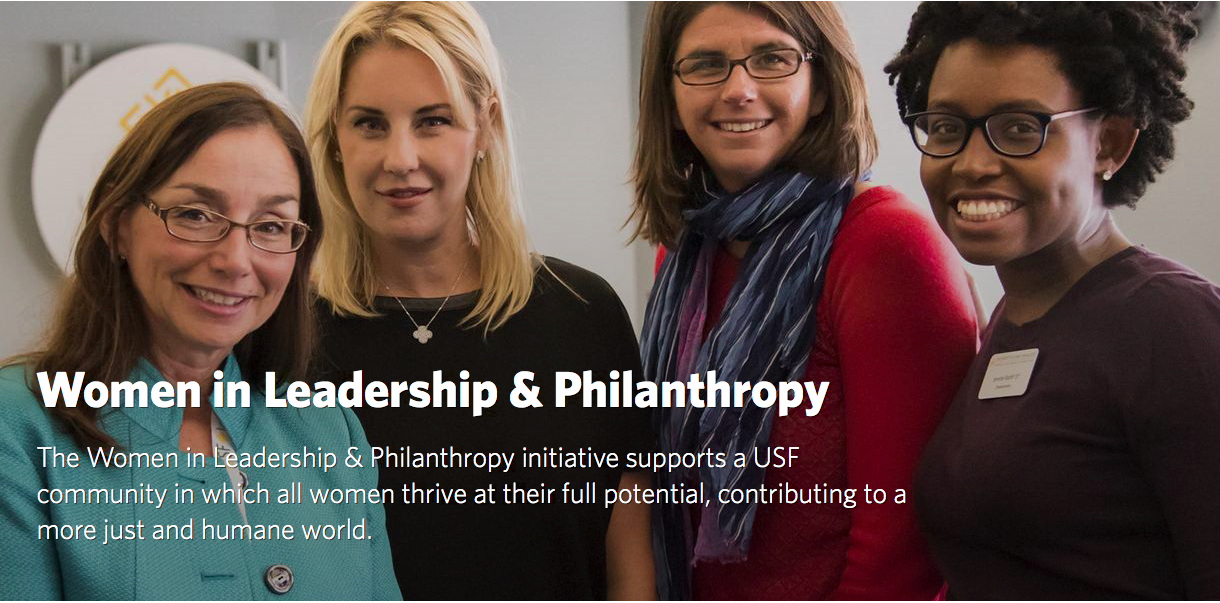
One societal gender bias characterizes women as ‘we-take-care’ and men as ‘we-take-charge.’ A recent study by The American Association of University Women (AAUW) explains this Barriers and Bias about advancing women in leadership across sectors. At the time of this posting, the United States is celebrating the breaking of another glass ceiling in public leadership with Hillary Rodham Clinton’s nomination as the Democratic Presidential Nominee (June 7, 2016). The nonprofit sector offers some of the most frequent and innovative examples for women leadership. Numerous women leaders in innovative nonprofits and social enterprises have been able to show the world how to effectively combine competence with compassion.
Millennial women and other generations want to lead and prefer work environments where they can make a difference and better balance work with life. Women in the nonprofit sector are more likely to express leadership and ‘take charge’ partly because they know they can make a difference in society. The Chronicle of Philanthropy’s 2014 “Untapped Potential of Women in Nonprofits” found that women – who make up 75 percent of the nonprofit workforce – hold leadership positions (57%) or aspire to have a leadership position (72%). Although leaders of large nonprofits (budgets of more than $25 million) are only 20% women, they are still better than businesses where only 20 CEOs are women in Fortune 500 companies.
The MNA Program aims at promoting competencies and capacity building for women leadership in the nonprofit sector. This is not a gender exclusive agenda. Rather, it is a call for organizational transformation where innovative and inclusive leadership practices can effectively reconcile tasks with people orientation, executive leadership with societal intelligence, and financial prosperity with mission and service. The University of San Francisco is also invested in the promotion and recognition of women in leadership and philanthropy as recognized in the WILP initiative.
Learn more about nonprofit women leadership:
- Careers and Biases: The Status of Women Leadership (2016)
- Emerging Leaders in Nonprofit Organizations (2011)
- Cultivating Nonprofit Leadership (2015)
- Women Leaders in Public Sector (2014)
- Women and Power Report (2016)
